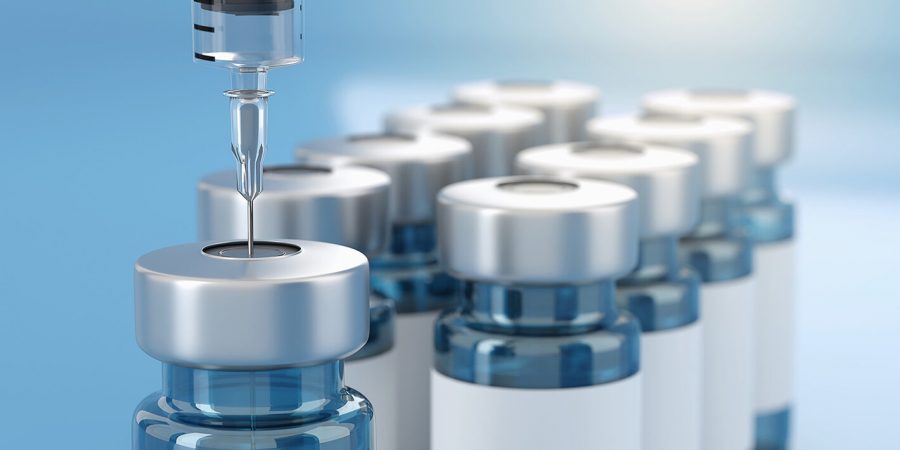Machines And The Production Of A Vaccine
While vaccines may seem miraculous, there is actually a very complicated and long method of testing, creating, approving and distributing that relies heavily on machines to help. From the identification of the bacteria all the way to the storage and distribution of the cure, we use machines to help us do work
The first step of the vaccine production process:
The first step is identifying the strain of virus and creating an antigen or antibody(a bacteria that can combat the virus). Scientists identify this with a pretty common tool, the microscope. Of course, the microscope they use are much higher grade and much more durable than your average school microscope. When a strain is found, a scientist places it under a powerful microscope so that they can see the structure of the cell. They then identify candidates for an antigen using raw materials. For this, scientists use beakers, calorimeters, and burners to collect data. Once they test them all, they put the chosen antigen through tests to purify and tweak it to fit the vaccines purposes. Scientists do this with a LV1, which is essentially a fluid processer for samples of antigens. With that machine, they can edit and test their new developing vaccine.

The second step of the vaccine production process:
The second step is combining the antigens with a fluid that can support its longevity. This is also the testing phase, which has less to do about machines and more to do about humans. Combing the antigens with a fluid so that they can go into a little glass bottle and not expire is very important and this will help with the distribution phase. Here and in many other steps, scientists use microscopes to see up close what they are dealing with. To help with uniformity in testing, scientists use the LM20 microfluidizer. This machine regulates the antigens and anything the scientists use so to keep the integrity of the testing sound. After this are many, many trials of testing and tweaking to better the vaccine.
The third step of the vaccine production process:
The third and final step in this simplified process, is the production and distribution of the vaccine. After all the testing and editing is done, the scientists submit their vaccine to the FDA and many other regulatory organizations for review. If the vaccine passes, then it’s on to the mass production phase. For this, scientists and factories work together to mass produce a vaccine. The machine that is used is almost like an assembly line. Glass bottles are put in on the front and go through a line, where labels are put on, vaccines are inserted through the top of the cap, and sealed. Transporters then use trucks and planes to move the new vaccine to where it is needed. they mostly use freezers in this last stage to make sure that the vaccine doesn’t spoil.
RELATED ARTICLES:
https://www.microfluidics-mpt.com/industries/vaccine-production











